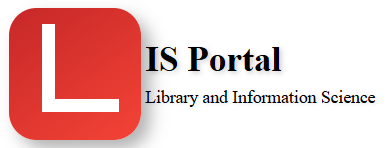Bibliographic standards
Bibliographic standards are guidelines, rules, and protocols that are used to describe and organize information about published resources, such as books, journal articles, and other types of documents. Bibliographic standards provide a consistent and standardized format for describing bibliographic information, and they are used to ensure that information about resources can be easily located, shared, and retrieved. Bibliographic standards can be used to describe the structure and content of bibliographic records, to specify the elements of bibliographic information that should be included in a record, and to define the relationships between different bibliographic elements.
Examples of bibliographic standards include the Anglo-American Cataloguing Rules (AACR2), the Resource Description and Access (RDA) standard, and the MARC (Machine Readable Cataloging) format. These standards are used by librarians, information professionals, and other organizations to describe and organize bibliographic information, and they are widely adopted by libraries and other organizations around the world. Bibliographic standards play a critical role in supporting access to information and knowledge, and they are an essential component of the broader information infrastructure that supports access to published resources.
